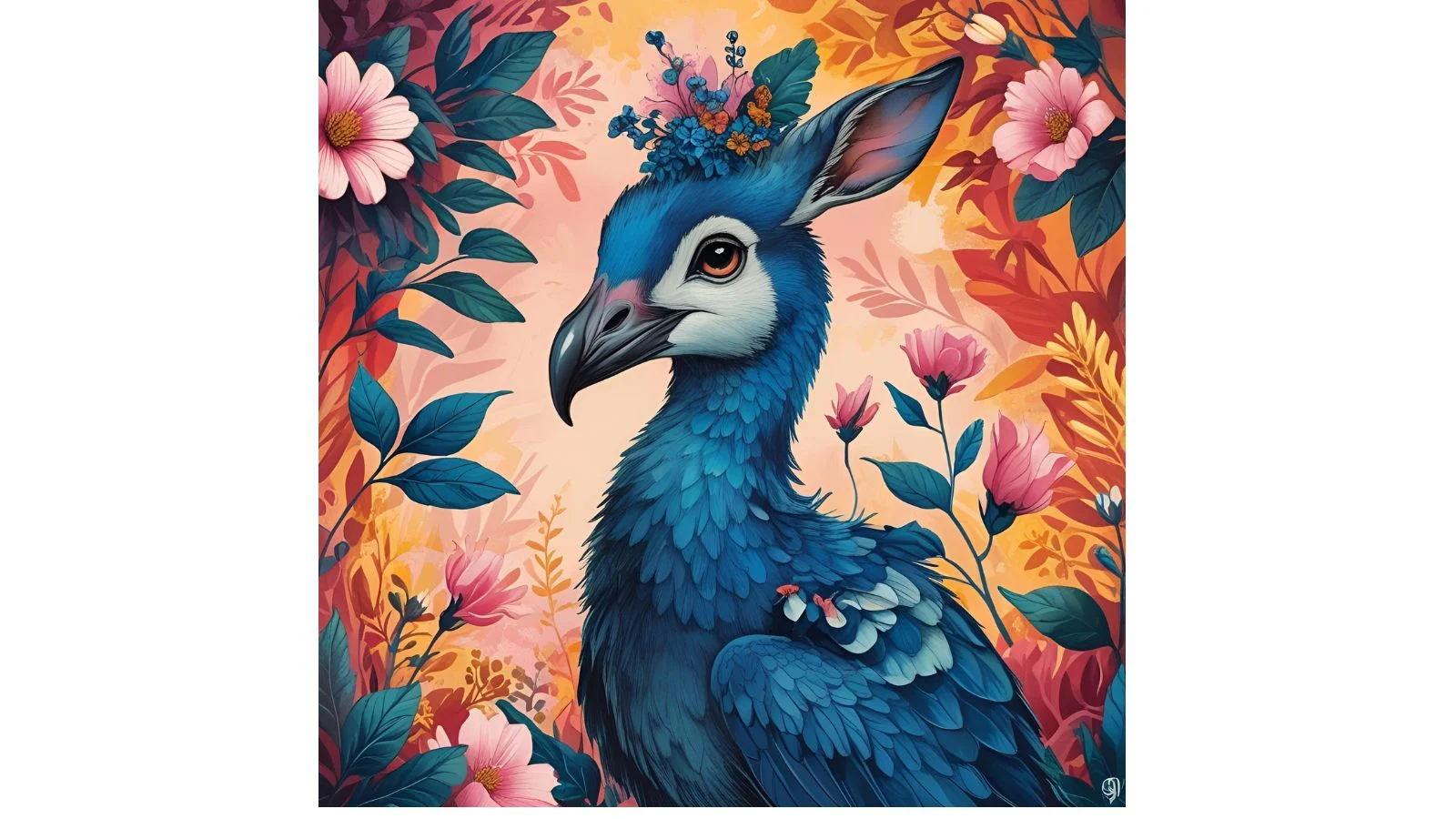You’ve seen it in a message, heard it in a meme, or stumbled across it in a trending TikTok — “tralalero tralala.” At first glance, it seems playful or even nonsensical. But people across the internet are increasingly curious about this phrase, wondering about its true meaning, origin, and possible hidden uses. Is it just a fun sound? A cultural reference? A code in professional lingo?
Thank you for reading this post, don't forget to subscribe!Whether you encountered it in a casual chat or a random comment thread, chances are it left you scratching your head. That’s why we’re diving deep into what “tralalero tralala” really means.
From its use in modern chat culture to whether it holds any weight in technical or professional fields, we’ll explore it all.
This article is your go-to guide to decode, understand, and even respond cleverly to this peculiar phrase.
Meaning & Definition
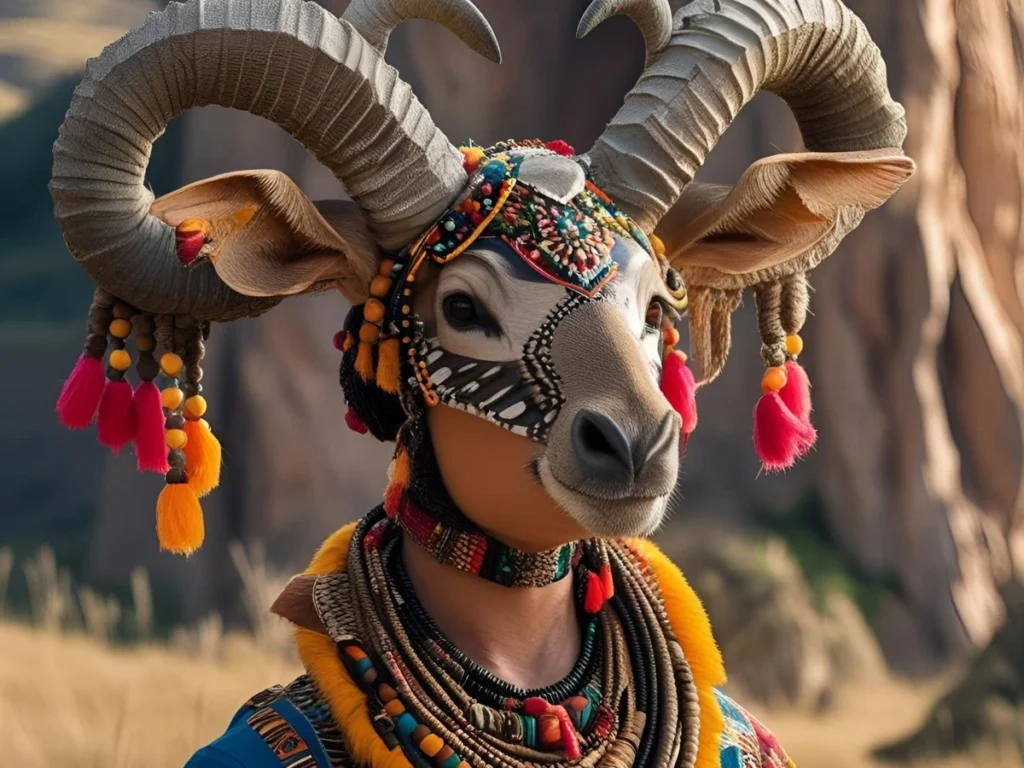
At its core, “tralalero tralala” is a playful, nonsensical expression typically used to mimic singing, humming, or whimsical sounds. Much like “la la la” or “do re mi,” it’s often inserted into conversations or performances as filler to express lightheartedness, joy, or silliness.
- “Tralalero”: Often refers to a style of polyphonic folk singing from Genoa, Italy, traditionally performed by all-male choirs.
- “Tralala”: A widely recognized onomatopoeic phrase used to signify singing, dancing, or a carefree mood.
Combined, “tralalero tralala” intensifies the carefree or humorous tone — it’s like saying, “I’m singing or floating through this situation.” There is no dictionary definition that pins it down formally, making it a flexible phrase that can vary by context.
Background
Historically, “tralalero” originated from Italian seafaring traditions, especially in the Ligurian region. It was a form of social expression where groups of men would harmonize vocally to mimic instruments like guitars or mandolins. This folk tradition eventually took on symbolic meaning — representing freedom, camaraderie, and simple joy.
“Tralala,” on the other hand, is far more universal and has appeared in literature, poetry, and song lyrics across cultures. Think of lullabies, nursery rhymes, or even show tunes — it’s the sound of lightheartedness.
When combined in online culture, “tralalero tralala” has morphed into a sort of tongue-in-cheek, pseudo-poetic gibberish. It’s catchy, rhythmic, and emotionally neutral — perfect for memes, filler responses, or sarcastic commentary.
Usage in Different Contexts (Chat, Social Media, Professional Fields)
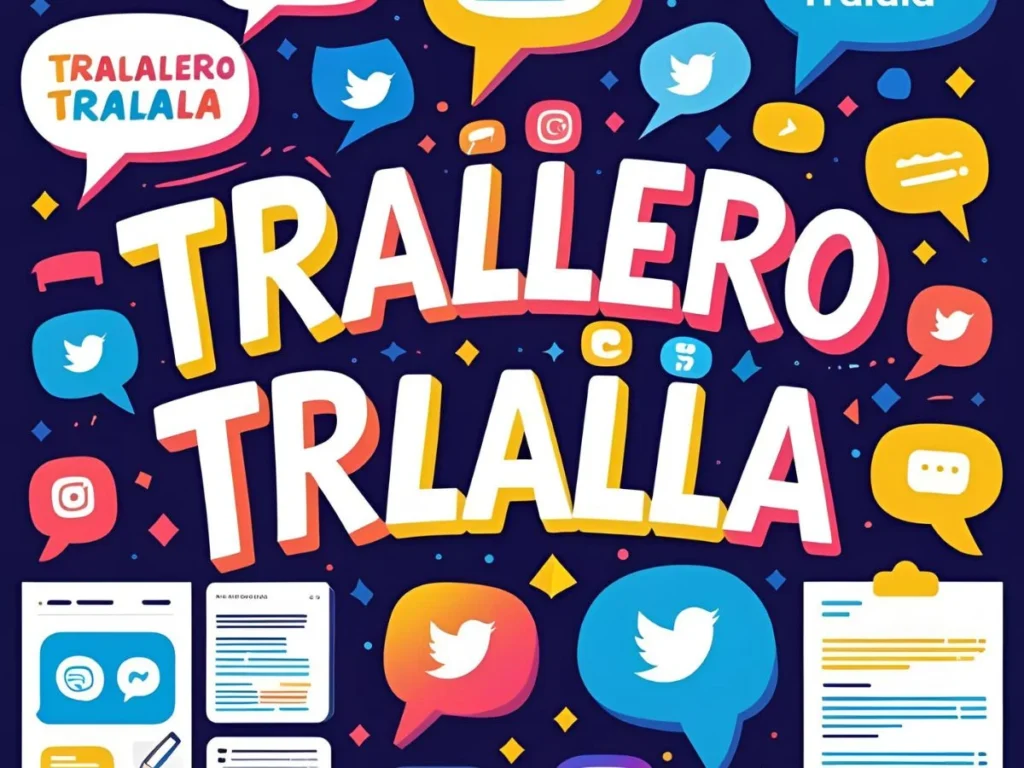
Chat & Social Media
In texting and social platforms, “tralalero tralala” is mostly used:
- To sound whimsical: e.g., “Just submitted my assignment… tralalero tralala 🎶”
- As filler text: instead of saying “blah blah blah” or “yada yada.”
- In sarcasm: implying indifference — “Oh you’re mad? Tralalero tralala, moving on!”
Professional Fields
Rarely used formally, but sometimes shows up in creative industries like:
- Theater & Music: Writers or composers may use it to represent musical tones or placeholders.
- Advertising & Branding: As a quirky slogan or jingle element.
In corporate or academic settings, however, its use is limited and often viewed as unprofessional unless used playfully during informal exchanges.
Meaning in Chat, WhatsApp, Instagram, TikTok
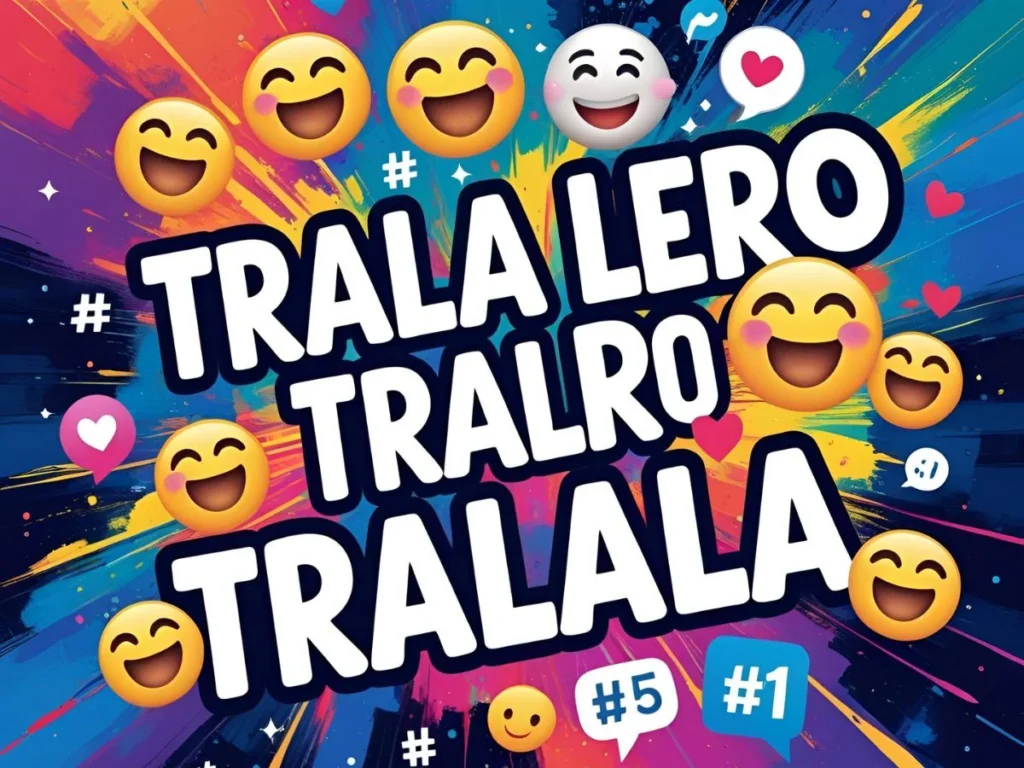
Let’s break down how “tralalero tralala” works across popular apps:
- WhatsApp: Used in group chats to lighten the mood, or to gloss over an awkward conversation.
- Instagram: Often paired with reels or stories showing people dancing, goofing around, or doing everyday tasks with exaggerated fun.
- TikTok: Common in audio clips for comedic skits, lip-syncs, or sarcastic reaction videos.
Examples:
- “Another Monday morning… tralalero tralala 😵💫”
- “He ghosted me and now he’s back like tralalero tralala 🧍♀️🙄”
On these platforms, it’s become a way to mask emotional discomfort with humor, making it a kind of modern coping mechanism.
Meaning in Physics, Medical, and Aircraft Terminology

Surprisingly, “tralalero tralala” holds no direct meaning in physics, medicine, or aviation. However, in linguistic research or psychoacoustics, scholars might study such syllabic patterns under:
- Nonsense phonology: How we process meaningless yet patterned sounds.
- Neurolinguistics: The brain’s reaction to repetitive syllables and rhythm.
- Flight simulation (fictional use): Some creators use such phrases in mock checklists or AI voices for humor.
But officially? There’s no scientific or clinical use of “tralalero tralala” in these domains.
Common Misconceptions
Many users misinterpret “tralalero tralala” as:
- A coded message (it’s not).
- An actual word in a foreign language (it’s made-up).
- A musical term used professionally (only partially true — “tralalero” is, “tralala” is not).
Others assume it’s a pop culture reference — which it sometimes is — but more often, it’s just playful filler.
Similar Terms & Alternatives
If “tralalero tralala” doesn’t fit your vibe, consider these substitutes:
- La la la – Common for singing or expressing carefree vibes.
- Yada yada – To dismiss something as unimportant.
- Blah blah blah – Similar dismissive tone.
- Doop doop dee doo – Playful but vague.
- Na na na – Used to tease or show off.
All of these carry the same musical rhythm but differ slightly in emotional tone or context.
How to Respond to It
If someone texts or posts “tralalero tralala,” you can respond in various ways depending on tone:
Playful reply:
“Ooo someone’s in a musical mood! 🎭”
Sarcastic counter:
“Tralala yourself, I’m still waiting on that report. 😏”
Confused reply:
“Umm… should I sing along or call for help?”
The key is to match their energy — whether humorous or dismissive.
Differences from Similar Words
Let’s compare it to close cousins:
| Phrase | Tone | Usage |
|---|---|---|
| Tralalero tralala | Whimsical/Silly | Chat, social media |
| Yada yada | Dismissive | Skipping details |
| La la la | Cheerful/Musical | Singing or teasing |
| Blah blah blah | Boredom | Monotonous detail avoidance |
Unlike others, “tralalero tralala” adds rhythm, almost like a lyrical break in conversation — making it more musical than just dismissive.
Relevance in Online Conversations & Dating Apps
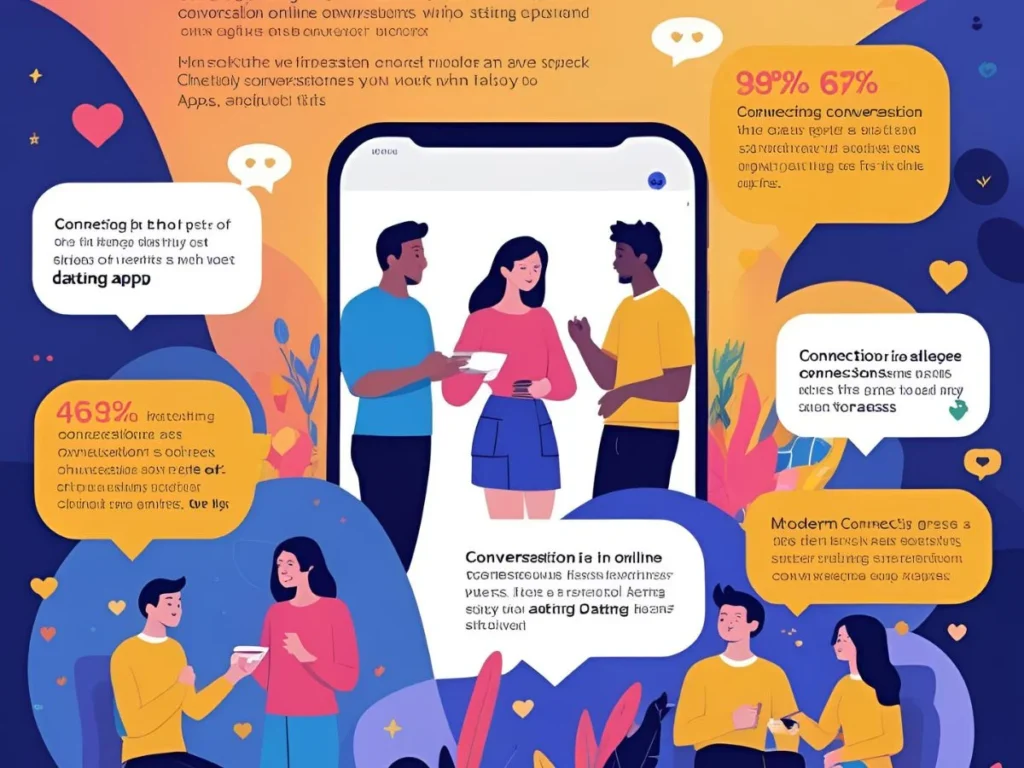
In dating apps and casual chats, “tralalero tralala” can serve as:
- An icebreaker: “So… you like to sing tralalero tralala too?”
- A flirtation tactic: Using silliness to show charm and lightheartedness.
- A non-answer: Avoiding a deep question with humor.
It’s a harmless, low-pressure tool people use to keep conversations fun and avoid awkward silences. You’re likely to see it more in Gen Z or younger millennial interactions where emojis and sound-based humor thrive.
Conclusion
“Tralalero tralala” is a quirky, whimsical expression that blends music, humor, and emotion into a simple string of sounds. While it may seem like nonsense, its power lies in its rhythm and playfulness — making it a favorite across chats, memes, and social media platforms.
Whether used to mask discomfort, flirt, entertain, or simply be random, it’s a modern-day filler phrase that adapts to its context.
Though not rooted in formal linguistics or professional jargon, it’s a clear example of how language evolves online. So next time someone drops a “tralalero tralala” in your DMs, smile — you’re witnessing internet creativity in action.

